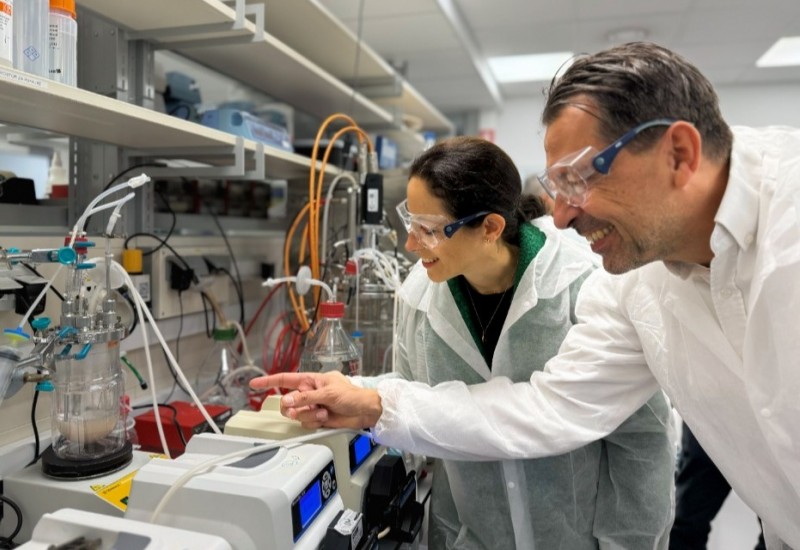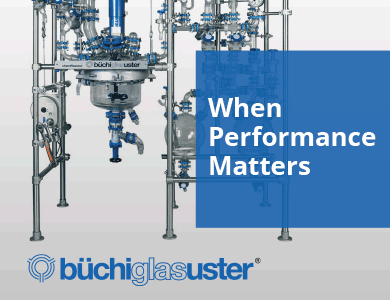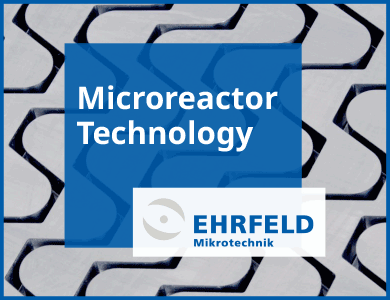FEATURE ARTICLE - Trends in household care: An (eco)logical approach
Sophie Gibb of Surfachem looks at how formulators can address the demand for environment-friendly ingredients in HI&I products
The world of home care, industrial and institutional (HI&I) products is rapidly changing. Sustainability has become a hot topic, encompassing a whole array of economic, environmental and societal factors. One major trend is how home care products are positioned.
Between 2008 and 2018, the number of products positioned as ‘ethical and environmental’ increased by 280%. Of all the household care products launched in Europe last year, 61% of them claimed to be ‘ethical and environmental’, according to Mintel. This was far ahead of the next four most important claims – convenience, natural, positioning and functional – which all scored between 12% and 25%.
Based on this percentage, we estimate that the combined value of the ‘ethical and environmental’ and ‘natural’ home care markets in the UK in 2018 was £3.26 billion. Germany was the leading market for eco-friendly household care products in Europe, with over 1,100 product launches/year. It was followed closely by France, then the UK, with Spain and Italy some way behind them.
Popular certifications
To address the demands of more environmentally conscious consumers, a number of third-party certifications have emerged. These include: 100% vegan, the cruelty-free ‘Leaping Bunny’, and the Nordic Swan and EU ecolabels.
Although considered by many as a recent surge, the term ‘vegan’ was coined in 1944. Veganism primarily focuses around products that do not contain meat, dairy and genetically modified organisms, or any other animal products, such as eggs, honey or insect shells.
With vegan home care product launches in the UK up by 29% from 291 in 2017 to 375 in 2018, it has never been more important to combine the right guidance with the right ingredients to become 100% vegan certified. Vegan-certified products cannot be: tested on animals; filtered through bone char; produced using the same tools as non-vegan products without cleaning them first; a by-product of non-vegan processes, such as wool farming or beekeeping; created using animal DNA or gene modification; or created through animal exploitation.
Certification takes place on a national basis. In the UK, for instance, the Vegan Society certifies products for a fee however there is no single compulsory certification for products and, as long as you can provide evidence that a product is vegan-compliant, you can make a vegan claim without paying for a certificate.
Likewise, consumer demands for banishing animal testing have been around since the 1990s. As a result, eight national animal protection groups banded together to form the ‘Coalition for Consumer Information on Cosmetics’. This promotes a single, comprehensive standard with the internationally recognised ‘Leaping Bunny’ logo.
To qualify for this, a company must not conduct animal testing on any of its products, formulations or raw ingredients, or purchase any from any third party supplier that conducted animal testing after the company’s own fixed cut-off date. There are no costs associated with applying to or becoming certified by the programme.
In the last two years alone, over 500 cruelty-free home care products have been launched in the UK market. Of these, 34% were for fabric care applications, 25% for dishwashing products and 24% for hard surface care, with the remaining 17% split among four other uses.
The Nordic Council established the Nordic Swan in 1989 as a voluntary eco-labelling scheme for Denmark, Finland, Iceland, Norway and Sweden. Some 50% of Nordic consumers search for it when it buying. The scheme is now internationally recognised.
The Nordic Swan certification covers 60 different product groups, counting more than 200 product types from computers to textile services, and, within this, more than 25,000 different products. Thus, it fits perfectly with the shift to more ethical and environmental HI&I products. Certification to the Nordic Swan is at cost. This varies with company size and the number of products.
Finally, the EU Ecolabel dates back to 2008 but is part of a broader EU action plan that was initiated in 1992 to encourage more sustainable consumption and production. The system is overseen by the European Commission, with each member state having its own competent body for enforcement. The application process consists of five relatively straightforward steps. The criteria are:
* Toxicity to aquatic organisms
* Biodegradability
* Sustainable sourcing of palm oil, palm kernel oil & their derivatives
* Excluded & restricted substances
* Packaging
* Fitness for use
* User information
* Information appearing on the EU Ecolabel
Certification also costs and varies with the size of the company making the application.
Recent formulations
As consumers continue to demand more environmentally friendly products, it is vital for home care formulators to identify key trends and tailor formulations accordingly. To this end, speciality chemical distributor Surfachem, which is part of the 2M Holdings Group, works both to identify these trends and also to create product concept formulations at its laboratory in Huddersfield, UK. Among its key eco-friendly ingredients are:
* Solvay’s Augeo family of odour-free solvent made from biobased feedstocks to replace IPA and ethanol, which are used in used in reed diffusers, glass cleaners and degreasers
* Stepan’s Stepsol MET-10U, another solvent replacement that is used as a degreaser and caustic oven cleaner
* Eurosicura’s EcoRemover, a stain remover and degreaser that works effectively at neutral pH, has no CLP classification and is derived from vegetable sources. It has been used as a bicycle shampoo
* Stepan’s Bioterge AS40 HA SB, an anionic surfactant that has been used in vegan furniture polish formulations
CONTACT
Marketing Team
Surfachem
+44 113 394 9200
www.surfachem.com















